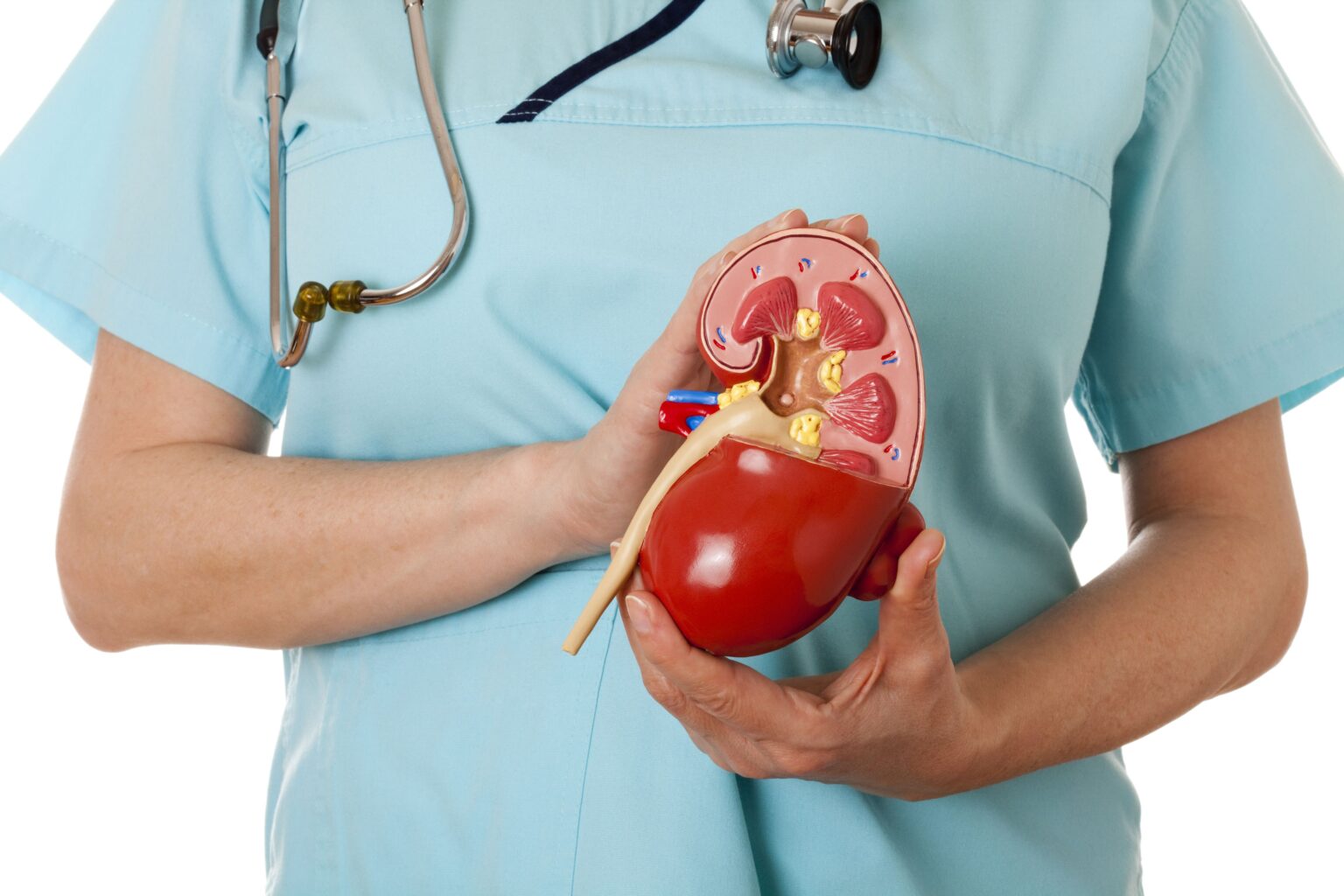A serious complication that may occur in pregnancy due to hypertension is preeclampsia. According to statistics, one in twenty women are affected by preeclampsia, which is why it should always be on the watchlist of the healthcare provider such as Gynecologist in North Nazimabad Karachi.
Read on to know more about preeclampsia:
5 things to know about preeclampsia:
- The cause is still unknown
Interestingly, the exact cause of preeclampsia and eclampsia is still unknown. However, researchers postulate that an interplay of genetics, nutrition, and body fat could be the basis. Additional risk factors also predispose to preeclampsia and HELLP syndrome, but no single causative factor can be pinpointed.
- Investigations for preeclampsia
Preeclampsia is diagnosed with the help of certain routine investigations—like urinalysis and the blood pressure readings. Once preeclampsia is established, monitoring of the patient is needed to check the progression of disease into eclampsia and HELLP syndrome. Once preeclampsia turns into the latter, additional investigations like liver function tests, complete blood count and platelet counts are performed.
- Preeclampsia risk is highest after 34th week
The onset of preeclampsia is most common after 34th week of gestation; in only ten percent of the cases, it can start earlier. When preeclampsia starts earlier, it is far more dangerous for the maternal and fetal health. During this time, preeclampsia can present with high blood pressure, and protein in the urine. Once it progresses to eclampsia and HELLP syndrome, additional symptoms appear.
- Signs and symptoms of preeclampsia
Preeclampsia presents with high blood pressure and proteinuria. However, in certain cases there can be no symptoms of preeclampsia, which is why blood pressure monitoring is a part of prenatal care. In most cases the blood pressure readings exceed 140 systolic and 90 diastolic. This hypertension is associated with severe, persistent headaches, with changes in vision, light sensitivity and even temporary loss of vision. In severe cases, the kidneys are also affected, along with the lungs. Consequently, there is low urine output, and shortness of breath.
- The complications of preeclampsia—eclampsia and HELLP syndrome
The more severe form of preeclampsia is called eclampsia, in which, severe hypertension is accompanied by seizures. Eclampsia warrants immediate medical care and therapeutic measures to bring down the blood pressure, including early induction of birth of the baby.
Women with preeclampsia are also at risk of HELLP syndrome. This is a condition with elevated liver enzymes, hemolysis and low platelet count. HELLP is a life-threatening condition that occurs in less than one percent of the preeclampsia patients.
If preeclampsia is not treated promptly, it can lead to many serious complications, including low-birth weight baby, placental abruption and in severe cases—fetal death. Because the blood supply to the baby is impacted, preeclampsia leads to slower growth of the baby, breathing difficulty and premature birth. In some cases, intrauterine bleeding results in separation of the placenta from the inner-most layer of the uterus—known as placental abruption, with resultant heavy bleeding and risk of fetal death.
Preeclampsia is not limited to the antenatal period. Complications can arise even after delivery and this is known as postpartum preeclampsia. The risk can exist up to six weeks after birth. While good antenatal care can improve the outlook of patient with pregnancy, it is not a fully preventable condition. Regular exercise, rest and low dose aspirin are considered helpful. Some women find benefit from calcium and vitamin D supplements. Preeclampsia needs continuous monitoring by the healthcare provider, which is why expecting mothers should seek help from an expert OBGYN like Gynecologist in DHA Lahore.











